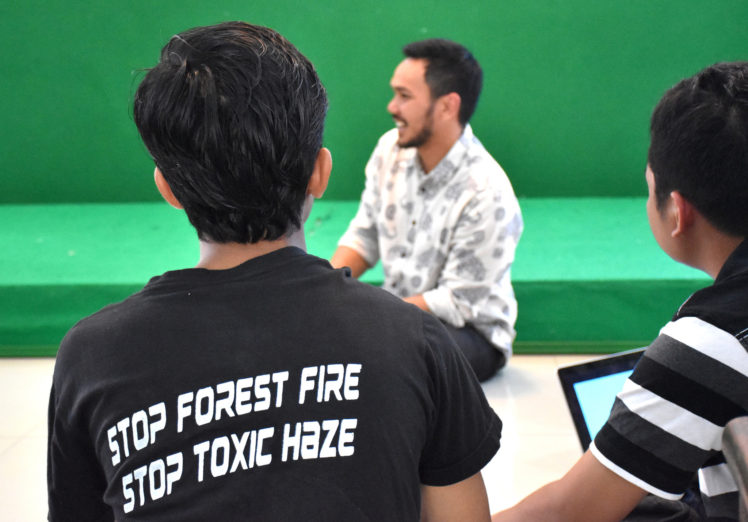
Forest and land fires, which occur on an annual basis in Indonesia, affect the entire Southeast Asian region. Such man-made disasters are detrimental to the environment and have irreversible long-term impacts on human health, undermining progress towards achieving almost all Sustainable Development Goals. Indonesia’s forest and peatland fires are estimated to cause approximately 110,000 premature deaths annually. The 2015 fires affected 43 million people and hospitalized 550,000, along with an overall economic damage assessed at US$16 billion.
Simultaneous measures must be taken to protect the most vulnerable groups (pregnant mothers, the unborn child, young children and their elderly care takers) from air pollution, whilst measures are taken to prevent wildfires.
This inaugural GLF Digital Summit is a follow up to the May 2017 Global Landscapes Forum: Peatlands Matter event in Jakarta, and the September 2017 National Policy Dialogue on Laws and Best Practices for Reducing Fire and Haze. If you missed those two events, don’t worry: this online event will bring you up to speed to dive deeper into the world of peatlands, fire, haze, health and technological interventions for all three.
Experts from diverse sectors parse different angles to explore this complex landscape problem. It is being tackled as an ecological problem, an ethnographic research exercise, a grassroots response or an international advocacy subject. These approaches, combined with technological interventions in shelter, air filtration and air quality monitoring, represent a holistic, landscape-level community of practice surrounding the globally-pressing issue of fire and haze.
Join us!
Date: Tuesday October 24, 2017 at 13:00 Rome (11 AM GMT, or 18:00 Jakarta time)
Duration: 2.5 hours
(Use this tool to help you convert “Rome time” to your timezone)
This digital summit is a collaborative effort: our panel of experts worked together to share their experiences and approaches, their trials and errors.
We will give ample opportunity for all digital summit participants to join into the discussion, either to share their own experiences, hints and tricks, or to ask questions to the speakers, or to the entire group.
Register now!
You can register for this digital summit by filling in this form
We will send you a confirmation email. You will get a reminder with the technical details to join the webinar, one day before the event.
Register fast! Our digital summits are limited to 100 participants and the available “seats” are often taken in a matter of days. We encourage participants to actively engage in our webinars with feedback, questions, and sharing of their own experiences.
Speakers
Richard Wecker – UNICEF Indonesia
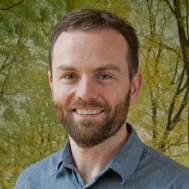
Johan Kieft – UN Environment
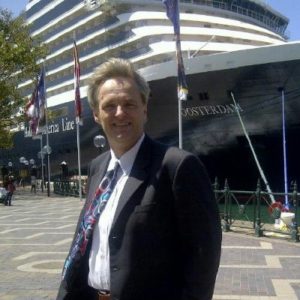
Nanis Sakti – Kopernik
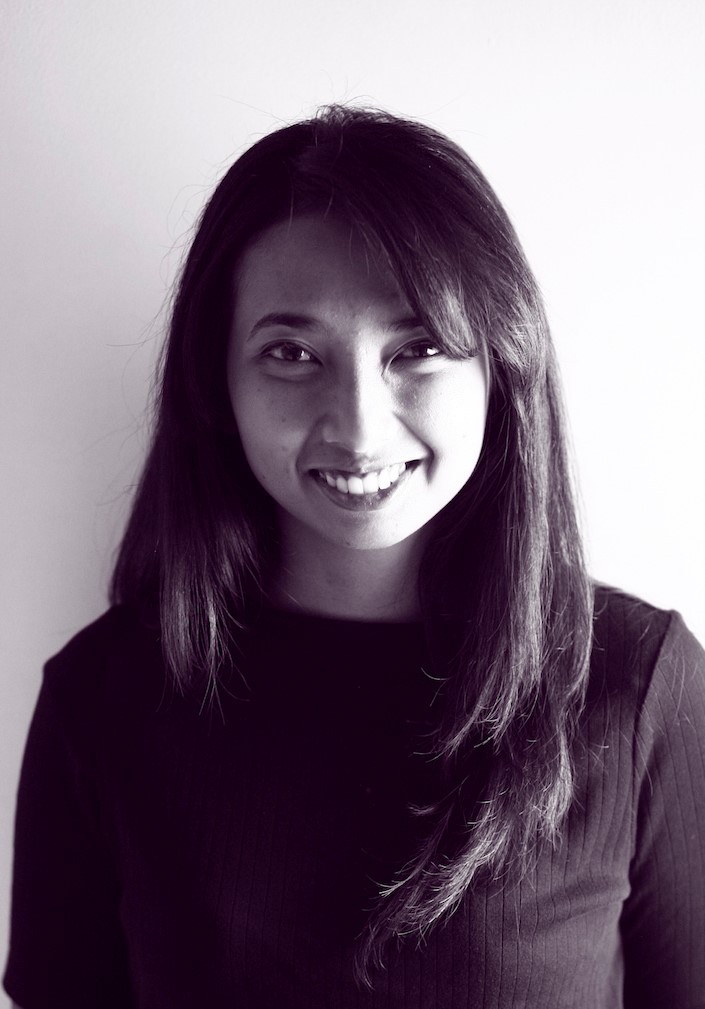
JP Wack – Consultant
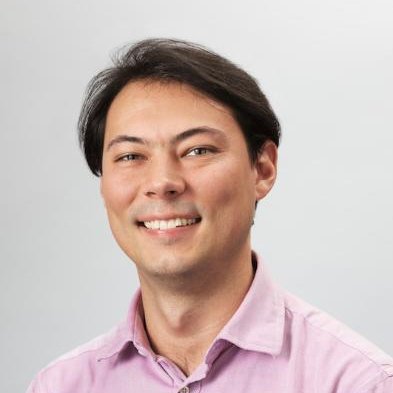
Herry Purnomo – CIFOR
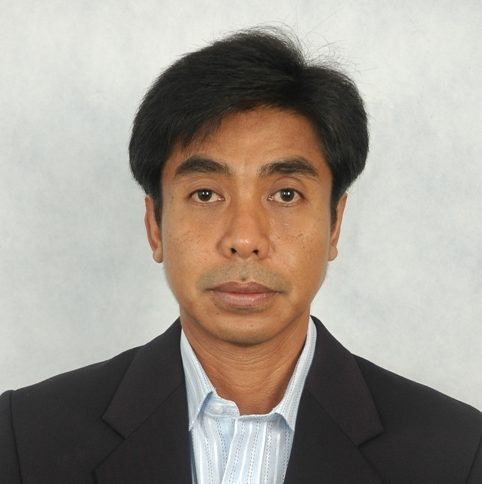
Wally Tham – Big Red Button

Wally went to Kalimantan in 2015 to distribute masks and haze monitoring technology. Since then, he has designed and built haze shelters to provide clean air for vulnerable groups in Kalimantan.
Lina Karolin – Ranu Welum

Lody Andrian – Pulse Lab Jakarta

Diastika Rahwidiati – Pulse Lab Jakarta
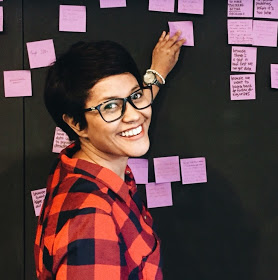
Steven Ellis – RCA+
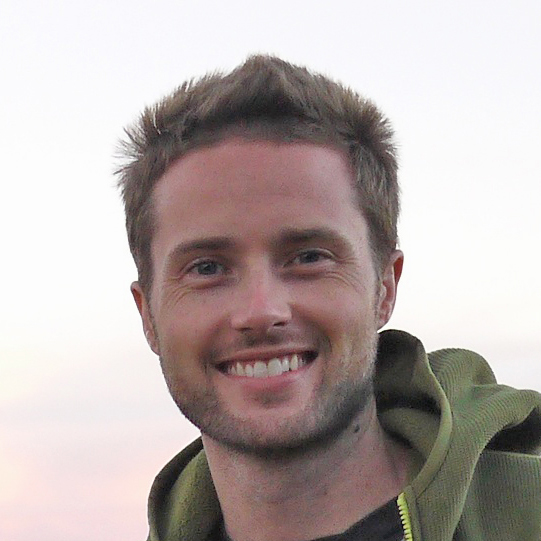
Background
The Global Landscapes Forum puts communities first in addressing landscape-level issues. With science and traditional knowledge at the core, GLF events are designed not only to spark dialogue but also follow-through to impact in addressing some of the most complex and multi-stakeholder problems facing our earth and our communities. Peatlands, fire, haze and health are deeply interrelated themes, and with the launch of the Global Peatlands Initiative at the GLF in Marrakesh in 2016, the push towards best practices in these areas has emerged as a movement within the broader GLF movement.
About the GLF Digital Summits
Attendance to our Digital Summits is open to all. GLF partners as well as other nonprofit organisations or individuals working in the area of forestry, sustainable development, agriculture, ecosystems, public health and design are especially encouraged to register.
Our summits are attended a wide variety of landscapes practitioners: there is no barrier for entry beyond a passion for solving complex problems!
We do not ask for a participation fee, but we like all participants to actively engage into the online discussion during the digital summit.
The summits are moderated via BlueJeans, an online tool running within any internet browser. It only requires participants to have a good and reliable Internet connection and a computer/tablet running any browser.
Key questions
Landscapes/ ecological perspective – Herry (CIFOR)
- How do different land use practices contribute to fire?
- How do economic, social and political factors cause fire?
- What have different actors (e.g. government, private sectors and NGOs) been doing to reduce fire since 2015?
Ethnographic perspective – Steve (RCA)
- How do people (particularly farmers) at the community level perceive efforts by the government to address fires and haze?
- Do measures to keep children out of severe haze at the local level make sense?
Human-centred design thinking (3 prototypes) – Lody (Pulse Lab)
-
What does ‘big data’ tell us in terms of human behaviour in response to haze
-
How can collaborative design thinking frame insights from evidence/ research as opportunities for human-centered solutions?
Rapid testing of the ‘haze emergency kit’ – Nanis (Kopernik) and JP (independent)
- What are people’s common practices to cope with the haze? How effective are these practices? What are the challenges in adopting these practices?
- What alternative solutions are there? Is there a cheap, easy-to-adopt risk reduction solution for indoor areas?
- http://unicefindonesia.blogspot.co.id/2017/06/pushing-haze-safety-for-indonesian-kids.html
- https://kopernik.info/experimentation-result/providing-disaster-relief-haze-emergency-kit-phase-one-project-report
Grassroots response to the 2015 fires – Lina (Ranu Welum) and Wally (BRB)
- How did we create safe spaces for communities exposed to haze?
- What are some considerations designers and frontline (community) responders need to prepare for?
Advocacy on standards and SDGs – Richard (UNICEF) and Johan (UNE)
- How can standards and improved data serve to benchmark and forecast the impacts of fires and air pollution events?
- How can data on air quality and health serve to shape a broader discussion on the sustainable development agenda?
- http://kebakaranhutan.or.id/
- https://aqli.epic.uchicago.edu/
- http://www.un-redd.org/single-post/2017/06/08/Wildfire-prevention-and-risk-reduction-for-children%E2%80%99s-health-and-wellbeing
- http://www.un-redd.org/single-post/2017/07/12/Wildfire-prevention-and-risk-reduction-for-children%E2%80%99s-health-and-wellbeing-part-2
- https://blog.cifor.org/49926/countering-the-health-effects-of-peat-fires?fnl=en
- http://unicefindonesia.blogspot.co.id/2017/08/haze-proofing-in-indonesian-borneo.html
GLF resources:
- http://www.landscapes.org/peatlands/agenda-item/thursday-18-may-2017/opening-plenary/
- http://www.landscapes.org/peatlands/agenda-item/thursday-18-may-2017/science-behind-peatlands/peat-fires-health-impacts/
- http://www.landscapes.org/are-laws-and-policies-the-key-to-fighting-fire-and-haze/
- http://www.landscapes.org/post-event-follow-peatlands-matter-fire-haze/
- http://www.landscapes.org/wildfire-prevention-risk-reduction-childrens-health-wellbeing/
- http://www.landscapes.org/peatlands-view-space/
- http://www.landscapes.org/time-step-forests-peatlands/



